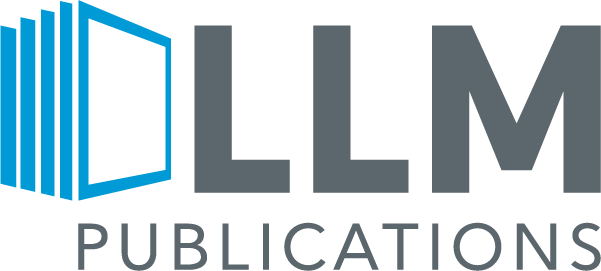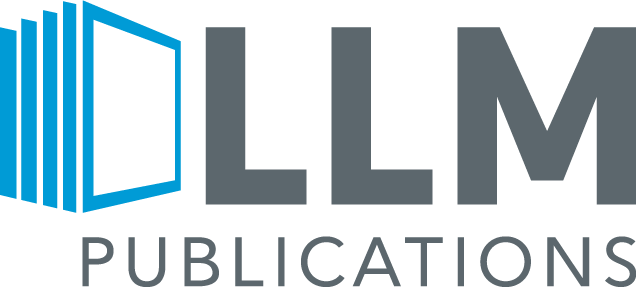 People read online articles differently than they read printed articles, so it’s important to understand the difference between the two media to be sure the articles capture the audience’s attention.
People read online articles differently than they read printed articles, so it’s important to understand the difference between the two media to be sure the articles capture the audience’s attention.
In Understanding the Differences Between Writing for the Web and Writing for Print, author Sheri Keyser points out that online articles are generally more informal and straightforward. Because an online article is more likely to be seen by an international audience, puns and figurative language should be avoided.
Another important difference is length, says Keyser. “Web content should have 50% of the word count of its printed equivalent because [w]eb users read about 25% slower from computer screens than from paper. This is why repurposing printed media, such as a brochure, as [w]eb content does not usually provide an optimal experience for [w]eb users.”
An article by Arkansas State University summarizes the five differences between online and print writing as:
- Length
The average time an online readers spends on an internet article is two minutes. Articles, and paragraphs within the articles, are much shorter online.
- Reader Attention
Online articles have to fight for a reader’s attention because imbedded links, moving images, flashing ads, and other clickable content are vying for attention. For this reason, all pertinent content needs to be as close to the beginning of an article as possible.
- Links
Where sources for information are listed at the end of print article, links to sources are imbedded in an online article. While necessary, be aware that the link can prevent the reader from reaching the end of the original article.
- Search Engine Optimization
Online writers must lace articles with relevant terms that people may use in search engines. Well-written, informative articles are important, but if they don’t include key phrases and associated links, no one will find them online.
- Readability
People scan and search for things that stand out in online articles, such as bullet points and boldfaced phrases. Subheadings and short paragraphs help readers absorb information quickly.
Because many publications are also available online in a digital format or as part of an online news center, writers should keep online needs in mind to create articles that contain components that are effective for both print and online publications. When articles that appear in print publications are offered online, the Arkansas State article notes that they don’t need drastic changes made to content but may need optimization to improve readability and improve search engine requirements. This can include shorter paragraphs, bulleted lists, and descriptive subheads.


